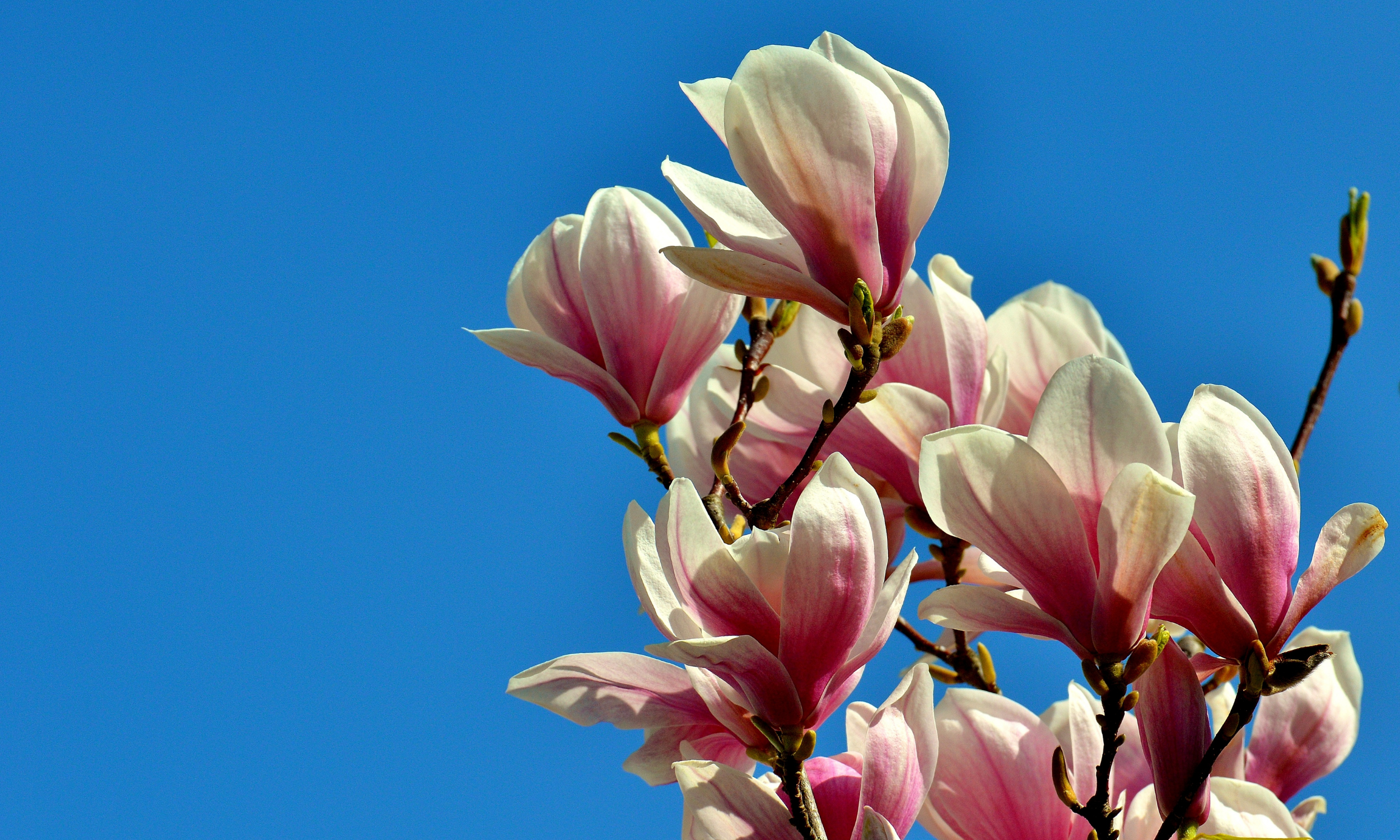Best Plants for Bees
More and more gardeners are anxious to plant a bee garden. By planting a bee garden, you too can do your part to help the bees by adding to the shrinking inventory of flower-rich habitat in your area. In return, the bees will pollinate your flowers, providing a bountiful harvest of fruits, seeds and vegetables as well as the joy of watching them up close.
Disclosure: Some of the links below are affiliate links, meaning, at no additional cost to you, I will earn a commission if you click through and make a purchase.
Here are some things to consider when picking flowers for your garden that will attract Mason Bees.
You can read all about Mason Bees, here.
Opt for composite flowers with open petals. These flowers only have 1 ring of petals, making it much easier for the mason bees to get to the pollen. Deeper flowers with lots of rings of petals make it difficult for the bees to reach the pollen.
- Bees like flowers such as alyssum, wildflowers, or Madrid Purple lavender.
- Lilacs are an example of flowers that have multiple rings of petals, providing more difficulty for the bees.
Create large sections of flowers to encourage foraging. If you only plant a couple flowers to attract the mason bees, you’re less likely to satisfy their curiosity and food needs. Plant large groups of 1 type of flower, or many types, together so that the bees are able to easily see and smell the flowers, while also giving them lots of pollen options.
- A patch of 12-20 flowers of one species is a good size.
- Plant as many patches as you’d like, making sure that each type of flower has enough room to grow and thrive.

Grow blue, purple, and yellow flowers to attract the bees. While bees love lots of types of colorful plants, they’re attracted to these colors, along with white, the most. Choose bright blues, purples, and yellows to plant in your garden, if possible.
- Pear blossoms and daisies are white flowers that attract mason bees.
Avoid using pesticides on your flowers. It’s best to avoid using pesticides on your garden in general, but this is especially important if you’re trying to attract bees that will be eating the pollen.
- If you have to use pesticides, use them when there aren’t open blossoms, which is when the bees will be pollinating.
Stay Connected and Get the Latest
Sign up with your email address to receive access to our FREE farmhouse living resources.
The Best Flowers for Mason Bees
Pansies
USDA zones 4 – 8. Full sun. Blooms early Spring – Fall.
Whimsy, joy, colors – pansies have it all, and bees love them. They are great for containers or ground cover, but are often treated as annuals because of their ability to spread quickly. Bred from their predecessor the wild pansy, the many types of pansies can bloom in early spring or later in autumn.
Pussy Willow
USDA zones 4 – 7. Full to partial sun. Blooms early Spring.
These North American wetland shrubs have a beautiful greyish hue and fur-like blooms. Their blooms mark the arrival of spring, making them a perfect treat for early foraging bees. Humans may also enjoy using their dried stems as decorations.

Siberian Squill
USDA zones 2 – 8. Full to partial sun. Blooms early Spring.
These beautiful blue blooms have a stunning presence that you can enjoy for a few weeks each year. If you have a grass lawn, you can make the most of your space by planting Siberian Squill bulbs throughout it. Their colors will make your lawn pop in early spring, and the plants will recede just in time to let you start mowing in late spring. Just make sure they have good drainage to prevent bulb rot, and be cautious about their ability to spread quickly.
Snowdrops
USDA zones 3 – 9. Full to partial sun. Blooms late Winter, early Spring.
Snowdrops are known to announce their arrival by poking out of the snow. They are great for climates with mild to cold winters. Just keep in mind that the flowers will be dormant by summertime, so the soil in which the bulbs rest will be barren.

By planting a bee garden, you too can do your part to help the bees by adding to the shrinking inventory of flower-rich habitat in your area. In return, the bees will pollinate your flowers, providing a bountiful harvest of fruits, seeds and vegetables as well as the joy of watching them up close.
So what are you going to plant? Let us know in the comments below.
